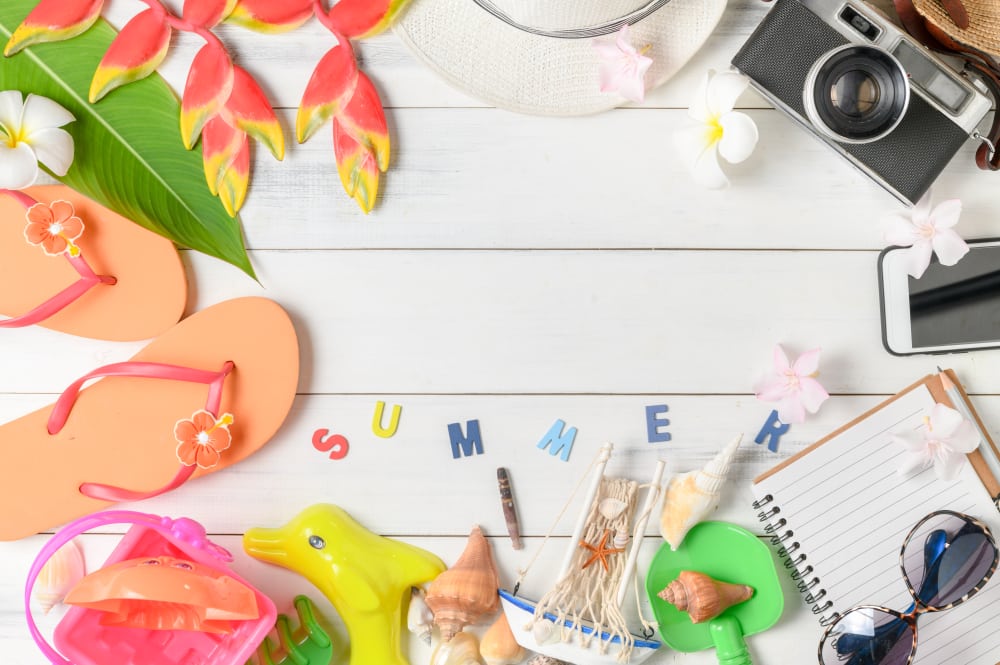
At the hottest time of the year, as you might expect, the use of storage units and general moving is reduced while we all try to stay cool and out of the baking outside air. But in fact, storage units can be at their most popular in summer – for good reason. Here are our summer storage tips for how hiring a storage unit can improve the season.
1. Safe for the holidays
A storage unit doesn’t just prove its use for long-term containment; if you’re planning on jetting off on holiday, you might want a safe and secure place to keep those valuables, to ensure they are safe while you’re sunning it up on some beach abroad. With school holidays and sunny weather, we travel more in summer – and storage is what you need to ensure our valuable possessions are safe when you’re away from home.
2. Put away your winter wardrobe
Step away from the skis – if your wardrobe or hall cupboard is taken over with thick winter coats and boots that you couldn’t even imagine wearing in the summer, especially with these heatwaves, then away they must go. Save storage space by opting for a separate unit to keep those winter staples safe and sound, without you tripping over them every time you reach for the flip-flops.
3. The summer clean
Forget spring cleaning – summer cleaning is just as big when it comes to making your home cleaner, fresher and airier. Whether it’s removing that heavy furniture or replacing a stifling leather couch with a sofa that’s a bit more seasonally appropriate, cleaning out your home is one of the things that summer is great for. After all, when else can you use your outside space for room shuffling without risk of rain?
4. Keeping your possessions cool
A house full of people and even simply a tumble dryer running in a home in the middle of summer can mean the difference between your valuable items being safe and cool or ending up with damage. This is especially the case with antique furniture or old paintings, where a cooler climate is needed. Often, a storage unit can provide that neutral space, ensuring your favourite items are safe from the weather
5. Moving dates
From University students heading home to those embarking on their new adventure in home ownership, summer is a popular time to move. You’re less likely to get rained or snowed on, so even if you get too hot it’s better for your furniture and moving boxes, after all. A storage unit is a perfect place to keep furniture and items you’re in the process of moving, or that need to be stored temporarily til next term.
If you’re looking for a storage unit of your own this summer, Spaces & Places has room for you. Contact us today to find out more about our units, and to get a free quote on our services.

